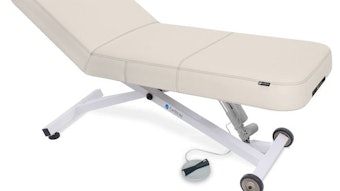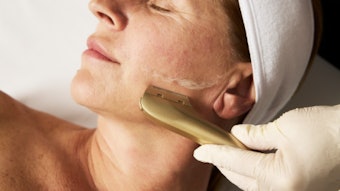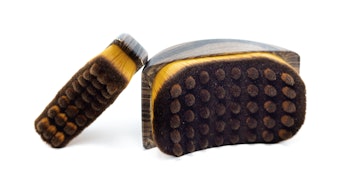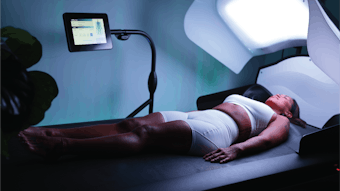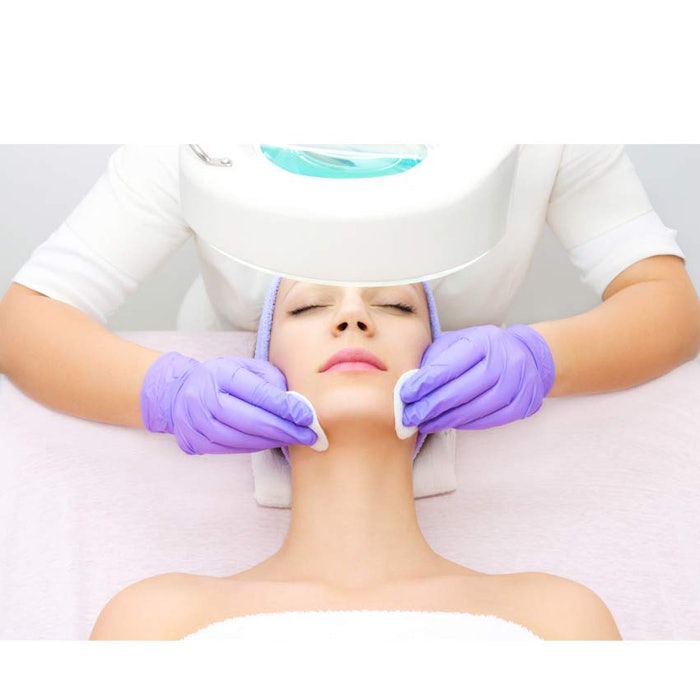
As the trend for skin resurfacing continues to grow, the U.S. Food and Drug Administration (FDA) has recently approved the Vivace microneedling with radio frequency device following an extensive trial.
"Vivace combines targeted microneedling with radio-frequency (electrical) energy to help stimulate and tighten the skin even in the deepest layers," said Dr. Farhan Taghizadeh, a double board-certified ENT and Facial Plastic and Reconstructive surgeon who conducted the device trial at New Mexico Facial Plastics. "Vivace microneedling can be used on almost any area of the face or body and any skin type, and is especially helpful in reducing acne scarring," Taghizadeh said.
Skin Treatments
Vivace microneedling with radio frequency involves the placement of a handheld device over the area of skin to be treated, which activates the radio frequency energy. The hand piece consists of a multiple needle head that is targeted to a specified depth depending on each patient's desired result. The patient's skin is numbed prior to treatment. The device's tiny needles puncture the skin, which stimulates new collagen formation in the skin as well as the production of skin-tightening agents hyaluronic acid and elastin.
Taghizadeh recommends that patients should undergo between three and six sessions approximately one week apart with regular maintenance treatments afterward. Each treatment takes about an hour. The benefits he noted include:
- Smaller pore size
- Reduced secretion of skin oils (seborrhea)
- Minimized appearance of fine lines and wrinkles
- Improved delivery and absorption of medical-grade skin care products
- Reduced occurrence of acne
Combining Vivace with PRP
To maximize the effectiveness of Vivace, Taghizadeh said patients can combine it with platelet-rich plasma (PRP), as the two treatments are said to complement each other. Vivace helps the PRP to easily penetrate the skin for maximum results, according to Taghizadeh.
Final Note
If you use microneedling in your esthetic practice or are considering it, Skin Inc. recommends that skin care professionals know the regulations within their states and obtain the proper training before offering any new treatments or services.


